Moving to Australia –There is nothing better than the Australian weather, other than the beaches, the nightlife, the people, the accent, etc… (LOL) The golden beaches, the blue skies, and especially the pure chillness and relaxation that covers Australia – truly a place to dream of. But, that’s not all that Australia has to offer.
So, okay. After thinking it through, you’ve finally summoned up the courage to pack your bags and broke the news to your friends and family that you’re peacing out and moving to a foreign country. But, before you officially step onto that plane, there are a few important things you should consider before moving to Australia…
Is moving to Australia right for you? Well, this place has a booming economy. Many ex-pats living in this country enjoy many benefits of going here including a high quality of living, great education, good healthcare, fantastic work-life balance, and decent work benefits from employers. (Yes, I learned to love living here in Australia).
Moving To Australia: A Comprehensive Guide

UPDATE: Australia has entered its first recession for 29 years after the economy went backward by 0.3% in the March quarter, with the impact of bushfires and the CORONAVIRUS ending the nation’s extraordinary, uninterrupted run of economic growth.
As COVID-19 keeps borders closed, many people are left wondering how this impacts their plans of moving to Australia. Click Australian Government COVID-19 travel restrictions and information for visa holders.
Whether you are moving to Australia for the first time or relocated multiple times before, the process raises many questions. Just read on and continue with the article below.
Australia Visa Application
First things first – actually getting to Australia and staying there. Now, this one depends on your circumstance and your “station“ in life.
ALSO READ: Aussie Slang Words You Need To Know before it’s too late
The type of visa that is right for you depends on:
- How long do you intend to stay in Australia
- What you want to do in Australia
Find out more about:
- Studying in Australia
- Working in Australia
- Bringing your family or partner
Good news for professionals who may be wondering how to get an Australian visa and work permit: there are plenty of visa types to choose from. It’s just a matter of figuring out which visa is best suited for you and your particular employment situation.
If you are a business owner or investor, you must also hold sufficient funds, and assets, or have a minimum net value to qualify for the prestigious Business Talent visa. This is one of several visas that is equal to permanent residency, but the visa cost for this permit is over 7,000 AUD (5,100 USD).
CORONAVIRUS Travel Restrictions
Australia has strict border measures in place to protect the health of the Australian community. Limited or minimal flights are currently available to and from Australia, and you may not be able to travel at this time. Travel restrictions are subject to change. Please check back regularly. See National Cabinet media statement.
Unless arriving on a quarantine-free flight from New Zealand, all travelers arriving in Australia, including Australian citizens, must quarantine for 14 days at a designated facility, such as a hotel in their port of arrival. See Coronavirus (COVID-19) advice for travelers.
You may be required to pay for the costs of your quarantine. To find out more about quarantine requirements, contact the relevant state or territory government health department.
You cannot come to Australia unless you are in an exempt category or you have been granted an individual exemption to the current travel restrictions.
Namely, are you a student, do you think you can find work as a high-level professional, or will you be mostly doing manual labor? Do note that visa regulations are rather fickle, they change regularly, so don’t be surprised that even after a week has passed that you see different rules.
So, take a look at temporary visas, which can allow you to travel, work, and study, lasting for six to 12 months. However, if you are trying to actually move there, immediately, you need to look for permanent residency visas.
 When you’re a permanent resident, you get access to Medicare, you become eligible for citizenship, and a host of other benefits. Medicare is the basis of Australia’s healthcare system and covers many healthcare costs. Most Australian residents are eligible for Medicare.
When you’re a permanent resident, you get access to Medicare, you become eligible for citizenship, and a host of other benefits. Medicare is the basis of Australia’s healthcare system and covers many healthcare costs. Most Australian residents are eligible for Medicare.
ALSO READ: Crazy Aussie Slang Words You Need To Know Now
Of course, the tricky part is actually getting through. But, it is all part of moving to Australia.
Under Medicare, you can be treated as a public patient in a public hospital, at no charge, by a doctor appointed by the hospital.
You can choose to be treated as a public patient, even if you are privately insured.
You will need to pass an English test, to have a certain amount of experience in a “sponsored occupation“ (check the immigration website of Australia or your migration office for more details).
You also have to meet the age requirement.
Finding a Place To Live
Moving to Australia is not easy. The next trick is actually finding someplace to live when you are in Australia. This is especially problematic for larger families with young children and the elderly who are not able to work.
So, you have several options. The most likely one, until you get back on your feet, is renting. While the market is pretty stable, you won’t really find cheap rental properties around. Renting a house in one of the larger cities can cost more than $500 Australian dollars.
ALSO READ: Things To Do In Queensland: Dazzling Destination In Australia
Moving To Australia
Before moving to Australia, know the country’s rental market. Most of Australia’s major cities move quickly, so finding, and moving into, the right rental property isn’t always easy. Some regional and rural areas, for example, places that have benefited from the mining boom, can also have a lot of competition. For example, in Sydney New South Wales, the weekly rental cost amounts to roughly AUD $600, but popular, sought-after areas can be even more expensive. Nobody said moving to Australia was going to be easy…
Moving to Australia is not easy. Regardless of which city you are moving to, the good places will be snapped up quickly – so it doesn’t make much sense to be seriously looking for places until you are on the ground and can visit the places you are interested in renting.
Your living location will also be influenced by what is, in fact, located there. Schools, for example, are of primary importance for most people. For this, when moving to Australia, you need to thoroughly research the area, and see into what zones your neighborhood falls.
Of course, you also have to check how strictly people impose these zoning rules.
Then, the vicinity to stores and markets, public transport locations, as well as looking diaspora presence in certain areas might also be of interest to you.
Choose your location wisely. You will want to choose an area that you feel comfortable in. If you’re moving to a major city, you should come up with a shortlist of three or four suburbs or areas. It’s best to visit the area and get to know the shops, cafes, bus/rail routes, and other important amenities. Visiting a place is a lot different from looking at it online and it will help you get a feel for what you like and don’t like too!
 How To Find A Job In Australia
How To Find A Job In Australia
Of course, the most important thing is actually finding a job when moving to Australia. The economy is strong, performing strongly and showing growth in jobs and the general industry, with almost three decades of no recession. However, you do have to perform a lot of job market research before you decide to come over.
Before you search, remember to make things easier for yourself. No need to go to fancy boutiques if you need good clothes for job interviews. Check out wholesale clothing in Australia, and don’t obsess over getting the fanciest clothing you can. Speak with your migration office, they will certainly be able to find at least some work for you.
Where Australia really needs to get its act together is in the skilled occupations. Namely, there is a skills shortage in this country, and these jobs are easy pickings for anybody coming to live here. There is also a growing need for healthcare professionals of all levels, from nursing aides to surgeons.
Then, professional, scientific, and technical services, as well as construction and education and training are industries that are in dire need of new workers.
There are also vacancies in the mining and in the resource industry sectors. There will be an uptick in this type of work since the mining industry is growing, and because foreign worker visas are being scraped (good news for those who actually want to stay and live here). You can find work through international recruitment agencies, like Manpower, Hays, Australia-Wide Personnel, etc.
Cost Of Living In Australia
You need to consider a lot of things before moving to Australia. Understanding the cost of living in a new country is a vital part of moving there. Doing a little bit of research can really go a long way. So, one of your first costs will be to pay for your visa.
Temporary skill shortage visas are AUD $1,150, while a one-year working holiday visa is AUD $440. We suggest you next calculate how large your expenses will be in your first three months of living in Australia.
So, things like rent, first of all. For a one-bedroom apartment, you can expect an average rent of $350 weekly in Perth, $400 weekly in Brisbane, or $600 weekly in Sydney. Houses with three bedrooms can cost you anywhere between $350-$1,100 per week. And of course, you will also need to pay a deposit. Oh, the joys of moving to Australia.
ALSO READ: List Of Awesome Adventure Playgrounds In Sydney
Make a list of regular groceries you eat at home. How much does your family eat? Then, check out the websites of Australian supermarkets, and compare their prices. Go with the three most popular ones, and see what results you get. Will you even need a car?
Remember to calculate how much gas you will need, the cost of insurance, and the price of hobbies you find meaningful.
 There’s A Lot Of Slang
There’s A Lot Of Slang
Do you know how every state in America has its own little slang collection? Well Australia has tonnes (there’s another different spelling for you.) So, before moving to Australia, learn some of their Slang languages. A lot of them can be deduced through logic and context – a mozzie is a mosquito, and a barbie is a barbeque. Some of them, however, really do sound like nonsense.
A “googie” is an egg, “chucking a wobbly” is throwing a tantrum, and if you’re ever called “a seppo,” don’t get offended. It’s just Aussie slang for “an American.” I’m living in Brisbane and sometimes they call it “brizzyland, brissy, or bris”
ALSO READ: Australian Slang 2020: Why Do Aussie Shorten Everything?
Aussie’s Drive On The Left
Moving to Australia – Australia’s road rules dictate driving on the left side of the road. A nice simple one, but easy to forget. It would be nice if the world could come to a consensus on this, but if there’s one thing humans are good at, it’s being stubborn. If you’re curious as to why Australia drives on the left, the answer is actually pretty interesting. Australia began as a British colony, so many of its rules originated from the Brits.
When roads were becoming commonplace in Britain, you could never be sure who you were going to come across. This is why you wanted your right hand (your sword hand) to be free and accessible, hence driving (or more accurately – riding your horse) on the left.
With Australians driving on the left side of the road, it can be a challenging adjustment for those who are used to driving cars on the right side. In most Australian states and territories (the exception is the Northern Territory), you are able to drive on an overseas license as long as it is current. You can only drive vehicles that your overseas license authorizes you to drive and you must drive according to any conditions on your overseas license.
ALSO READ: Amazing Things To Do In Brisbane, Australia
Australia is a great country. Like all countries, there are some pros and cons, but overall it’s got a lot of potential for a great life for any incoming immigrant.
We hope this article was educational and that it will help you on your road to a happy and fulfilled life in this country. Properly applying for a visa, working hard on getting a job, and actually picking a city that is in line with your wishes and sensibilities is all part of this difficult, but vital journey. For more tips about moving to Australia, just type your comment below.
ALSO READ: Cedar Creek Falls Mt Tamborine Disappointment
Don’t forget your insurance! You never know when you’ll need it. We suggest getting travel insurance. Which coverage includes medical, trip cancellation, your belongings from theft or damage, baggage, car rental coverage, and much more.
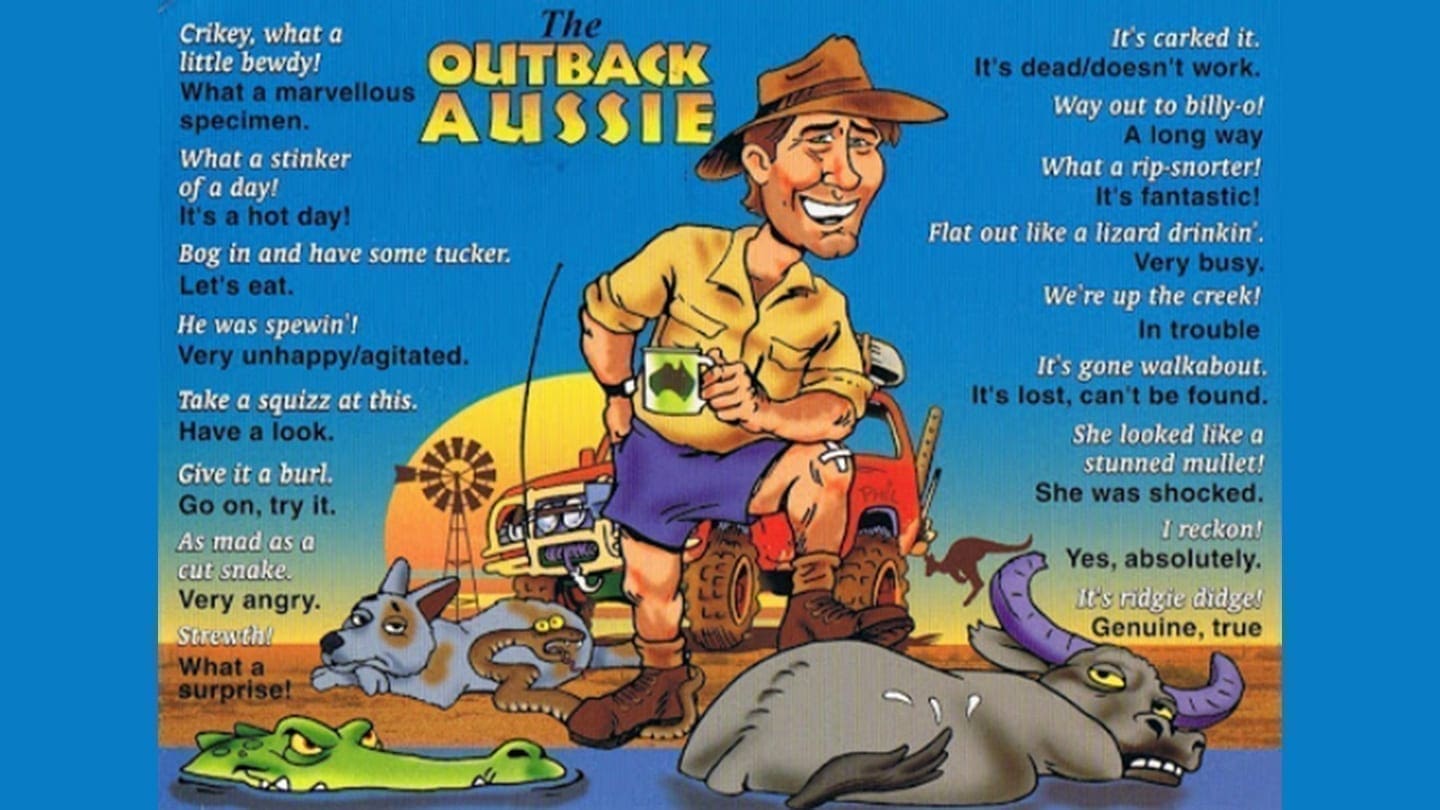
Moving to Australia? 6 Pros & Cons of moving overseas

Crazy Aussie Slang Words You Need To Know Now


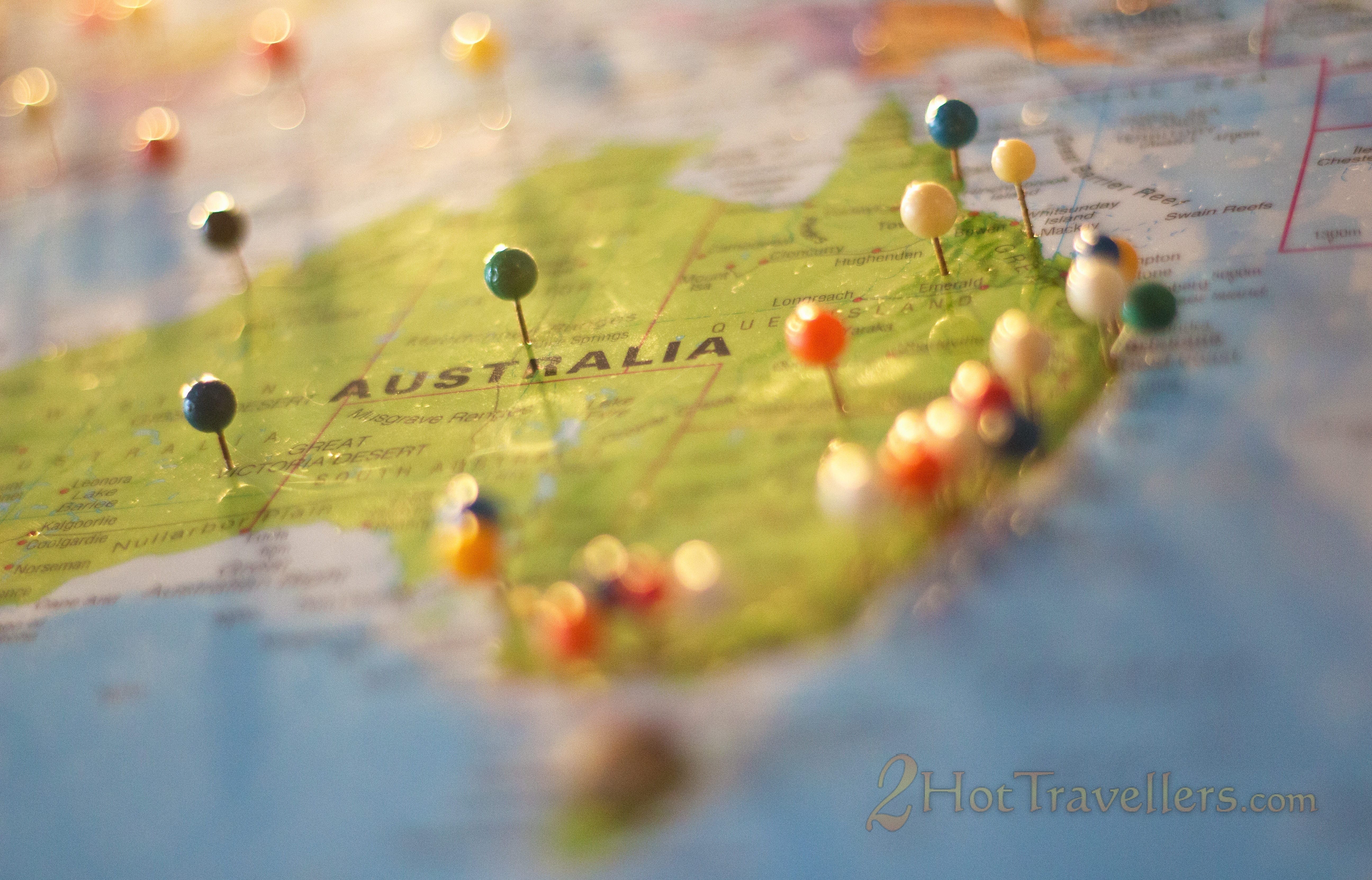
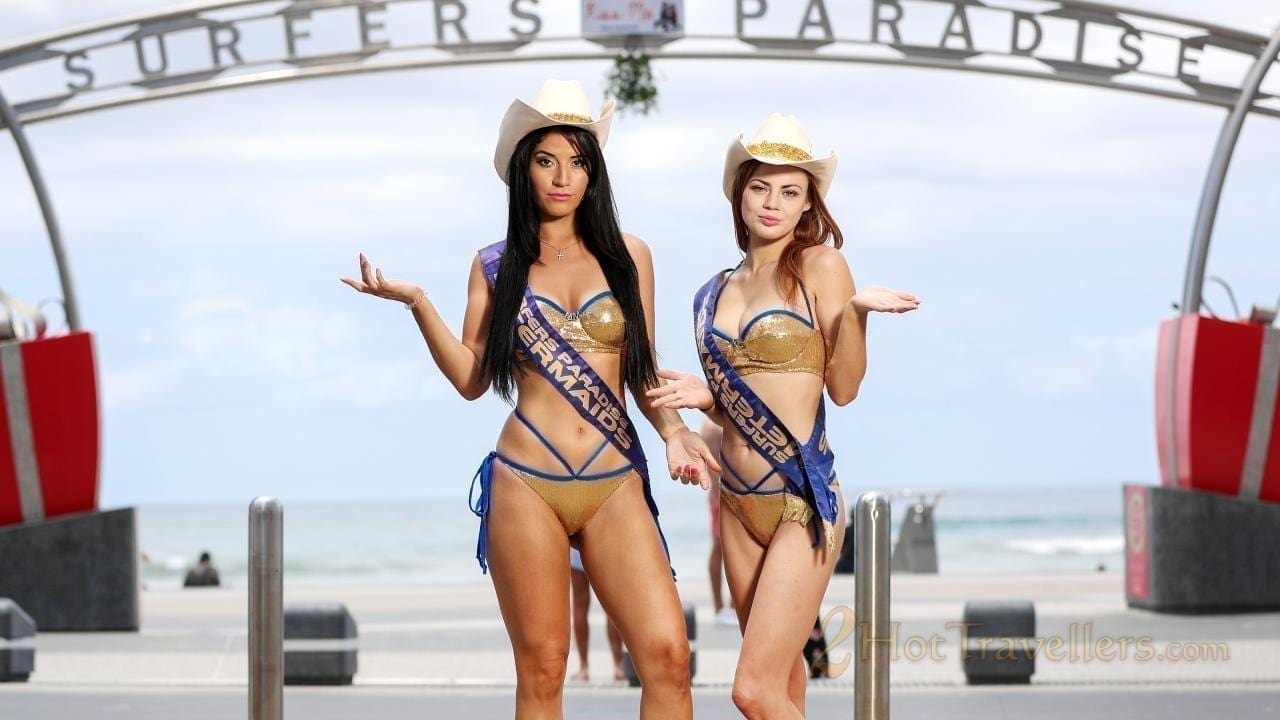



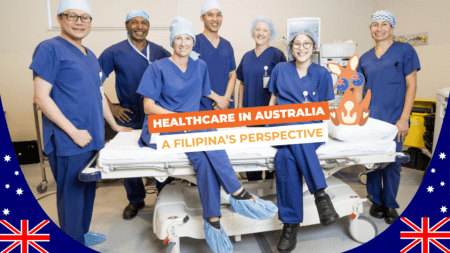


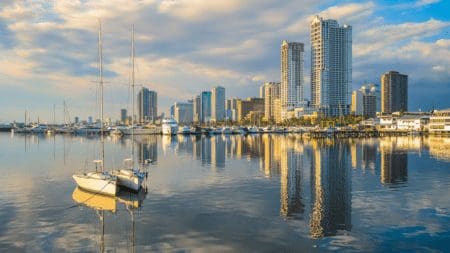
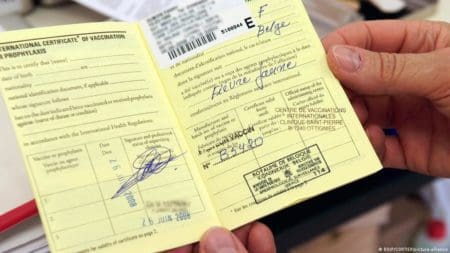




I don’t think the title of your article matches the content lol. Just kidding, mainly because I had some doubts after reading the article.
I don’t think the title of your article matches the content lol. Just kidding, mainly because I had some doubts after reading the article. https://accounts.binance.com/bn/register-person?ref=WTOZ531Y